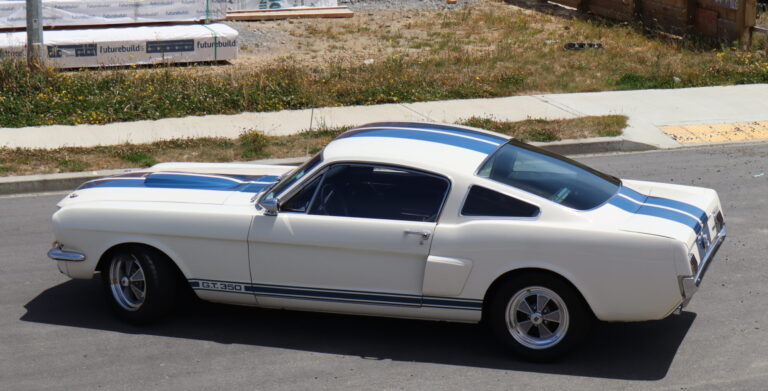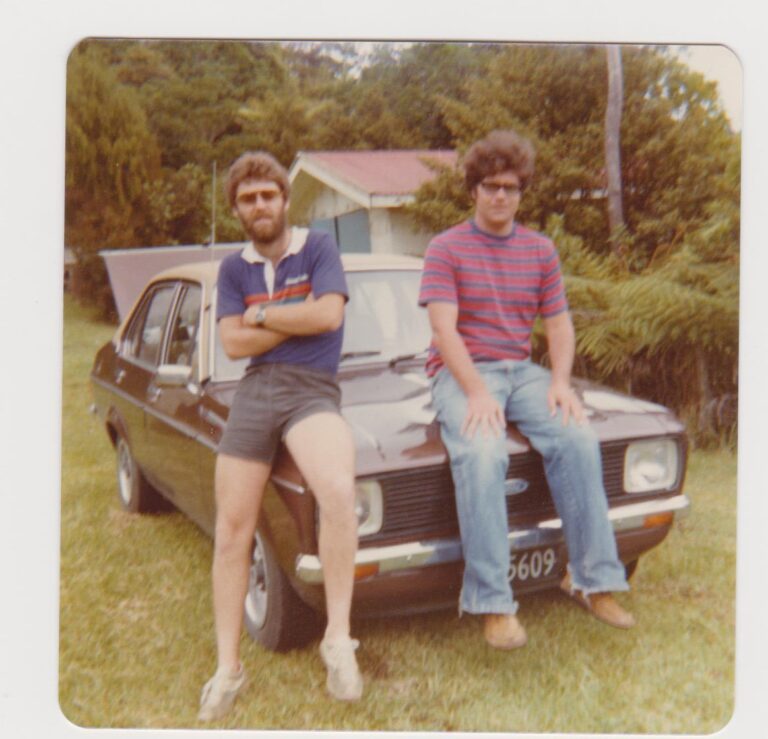It’s not often I get to shoot something German and late-model, but the chance came up over the weekend of June 13–14 to shoot this Mercedes-Benz C350. A car I would normally overlook, I was pleasantly surprised that although it has a diesel power train, it produces 620Nm of torque, which is only 20Nm less than a 7000cc LS7 engine produces factory in a range of high-performance GM machines — including the Z06 Corvette.

Is that what the C350 is all about though? Not at all — the C350 was designed by Mercedes to be a BMW 3–series competitor, and this one being AMG-enhanced is the equivalent to an M-spec BMW. However, I’ve driven an M-spec turbo diesel 335D, and although comparably powerful, it was nowhere near as elegant as the C350 is, in my opinion. The C350 is all about being elegant, while having enough power to impress the gentlemen on the way to golf.

The exterior is somewhat ordinary for a German car of this time however, yet the subtle front lip, side skirts, and rear bumper are all a nice addition to guide your thoughts towards performance. The 19-inch AMG alloys solidify this notion, as the factory 17-inch items are extremely civilian in comparison. The 19-inch alloys are wrapped in 235/35R19s up front and a much larger 265/30R19 down the back. Why does the diesel AMG need such a big rear tyre you ask? Well, it has a 0–100km/h time that demands such traction.

As mentioned earlier, the factory diesel power plant produces huge amounts of torque in factory form; numbers that have you wondering why we even bother with petrol engines nowadays. The C350’s diesel engine is definitely one of the most impressive things about the car. The 3000cc north-south mounted V6 features Mercedes BlueEFFICIENCY technology and stop-start wizardry to bring fuel economy figures down to 47mpg — on a full tank it can travel up to around 1000 kilometres with ease. With 195kW and the aforementioned 620Nm of torque, the C350 does 0–100km/h in six seconds flat with seamless shifts thanks to the updated 7G-Tronic transmission.

Inside the cabin you are met with all of the essential modern-day tricks. With 10Gb of hardrive space for media, dual-zone air conditioning, and nine airbags protecting the occupants, why would you leave? The air-conditioning pump is even driven by an electric motor rather than a pulley system to further enhance the already impressive fuel economy.

The seats are extremely comfortable, as you can expect of a car of this calibre, but probably not as supportive as needed with a car as capable as this. There are three memory settings for the front seats — something found essential for the family car with shared drivers. Although the interior felt overwhelmingly plastic, there were fine touches throughout with high-quality materials to even things out.

But how did it feel on the road? If you’re looking for a weekend sports car, don’t purchase a C350. However, if you’re hunting for a vehicle that performs slightly further than the average driver can actually manage, it might just be for you. It tends to oversteer when pushed, although with the amount of torque on tap it’s not difficult to bring the rear around when required. The 19-inch alloys with the lower-profile tyres do add a sharper turn-in at the expense of ride comfort, but again, this is the AMG-enhanced model, so is to be expected. Braking was impressive — 295mm cross-drilled rotors up front are a nice addition and certainly don’t succumb to fade. Definitely a good performer.
This example is a friend’s and is for sale. You can view it here

This example is a friend’s and is for sale. You can view it here
















